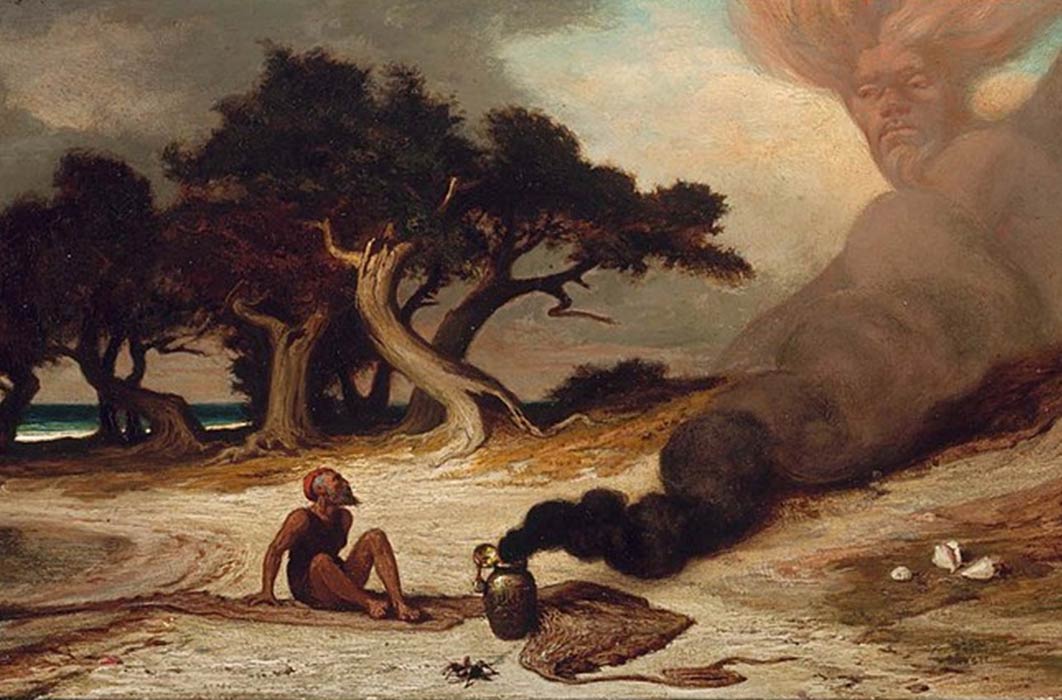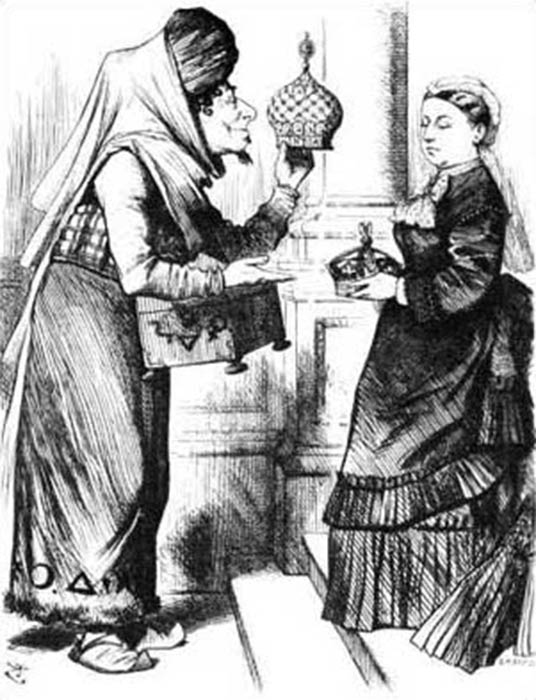
Are Eastern Jinn, Western Faeries and Middle-Eastern Shedim Related?
In normal times (and the year 2020 is definitely not normal times) the Christmas holiday season is the point in the year when, in the United Kingdom, the annual pantomime theatre shows get underway. Two of the perennial favorite pantos (given a further boost in recent years by the Disney live-action remakes) are Cinderella, complete with the Fairy Godmother, and Aladdin, which features the Genie of the Lamp. But are the Fairy Godmother and the Genie related? A look at the background to these two creatures of folklore and legend is warranted …

New Crowns for Old, a 19th-century British cartoon based on the Aladdin story (Disraeli as Abanazer from the pantomime version of Aladdin offering Queen Victoria an Imperial crown (of India) in exchange for a Royal one) (Public Domain)
The Faeries
Regular visitors to Ancient Origins will be aware of the nature of fairies, also known as the Fae or faeries. They have been an established part of Western culture since at least the Early Middle Ages (from around 500-1000 AD – also known as the Dark Ages) although confusingly in Saxon/Germanic lands they were also called elves, whereas is in Norman/Romance lands they were faeries. It was not until the Victorian era that the modern image of fairies as tiny, cutesy, little insect-winged creatures became established but before that the Fae/elves were broadly human-like in size but with supernatural or magical powers.





